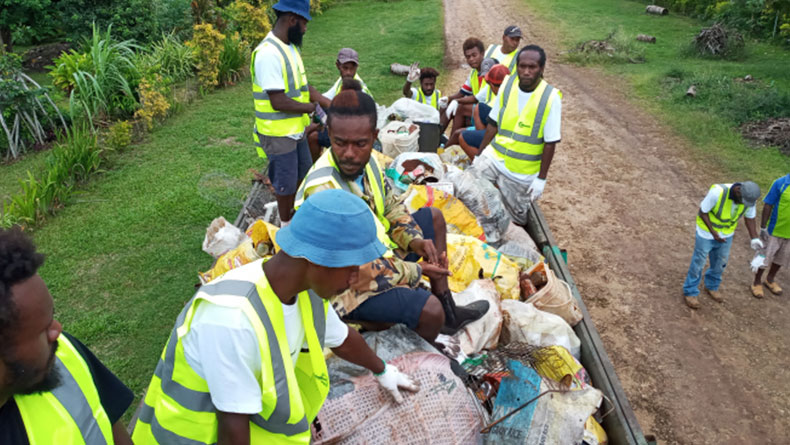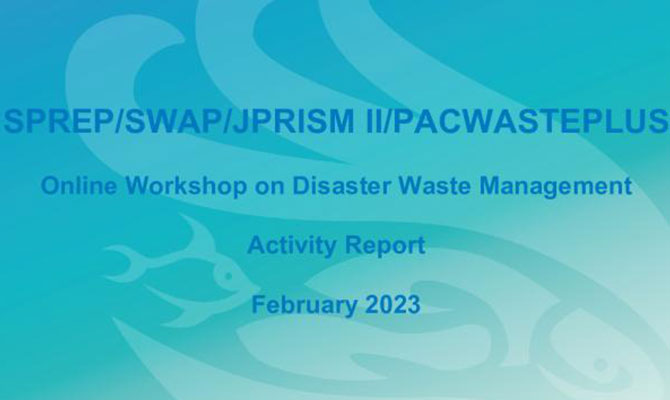
Sharing lessons-learnt and experiences from Pacific Islands

Pacific Islands are particularly vulnerable to natural disasters, with tropical cyclones becoming more intense and frequent over the last 20 years as a result of climate change.According to the latest data from the World Risk Report 2021, three of the ten countries with the highest risk of disaster in the world are in the Pacific region, with Vanuatu at 1st, Solomon Islands at 2nd place and Tonga was considered the third most vulnerable country to disasters. A total of six Pacific islands are included in the top 20 countries most at risk from natural disasters.
When these natural disasters occur large amounts of waste, known as disaster waste, are generated from damage to both the natural and man-made environment. Response operations also generate large volumes of waste during the distribution of relief goods to affected populations, especially from packaging and other materials.
These natural disasters are therefore a real challenge for all Pacific islands because of the negative environmental, health, economic and social impacts. In addition to the significant risks to property and people directly caused by disasters, these events can generate a significant amount of waste which in turn can impact on health, the economy and, or the environment. For example:
- Piles of waste on the roads can delay emergency lifesaving operations,
- Sharp waste such as broken glasses and deformed pieces of metals can cause serious injuries,
- Piles of waste can become breeding sites for mosquitoes and rats,
- Some hazardous wastes such as used oil or chemicals can spread and pollute the soil, rivers or the sea, groundwater, the atmosphere or even have health effects if not handled with care.

To discuss how Pacific Islands (such as Samoa, Tonga and Vanuatu) have coped with managing disaster waste through lessons-learnt and experiences, SPREP, through the SWAP Project in collaboration with the J-PRISM II project and the PacWastePlus Programme, delivered a three and half-hour virtual workshop in December 2022.
The workshop was designed to:
- Inform participants on the origins and the impacts of disaster waste;
- Highlight the challenges of Disaster Waste management in the Pacific;
- Learn how to prepare for minimising Disaster Waste generation;
- Share opportunities for Pacific Island Countries to manage Disaster Waste;
- Inform participants on how to safely handle and store Disaster Waste.
The workshop was structured into three sessions.
- The first session introduced documents with a regional scope: the Framework for Resilient Development in the Pacific (FRDP) and the Disaster Waste Management Guideline.
- The second session focused on national activities in Samoa, Tonga, and Vanuatu, with presentations on their respective Disaster Waste Management Plans and experiences.
- The third session concluded the workshop with a knowledge-sharing session on how to strengthen Good Practices in Disaster Waste Management.
To highlight this point, the SWAP project produced a documentary on how the Tonga Authorities have handled the Disaster Waste generated by the volcanic eruption and tsunami in January 2022.







